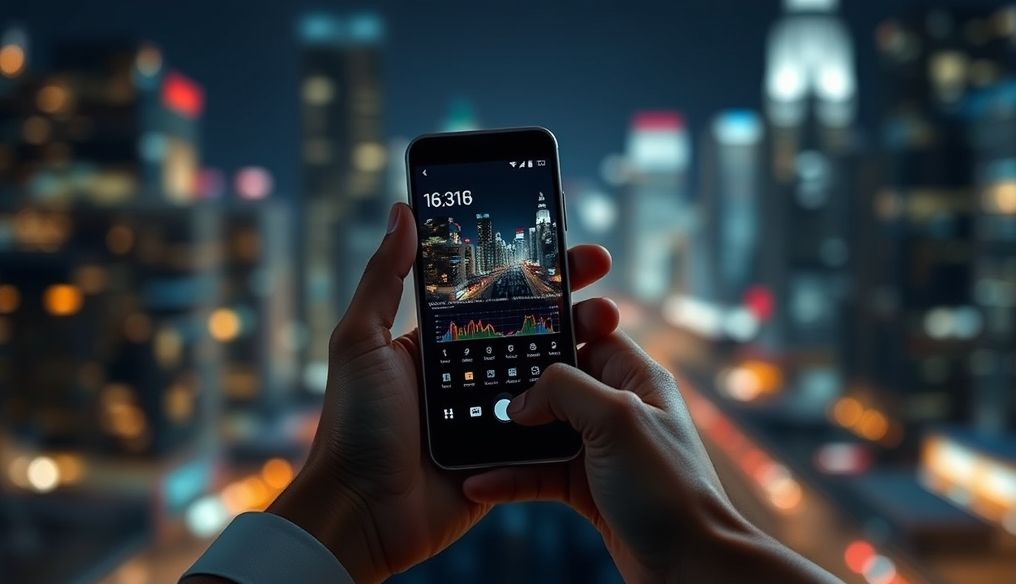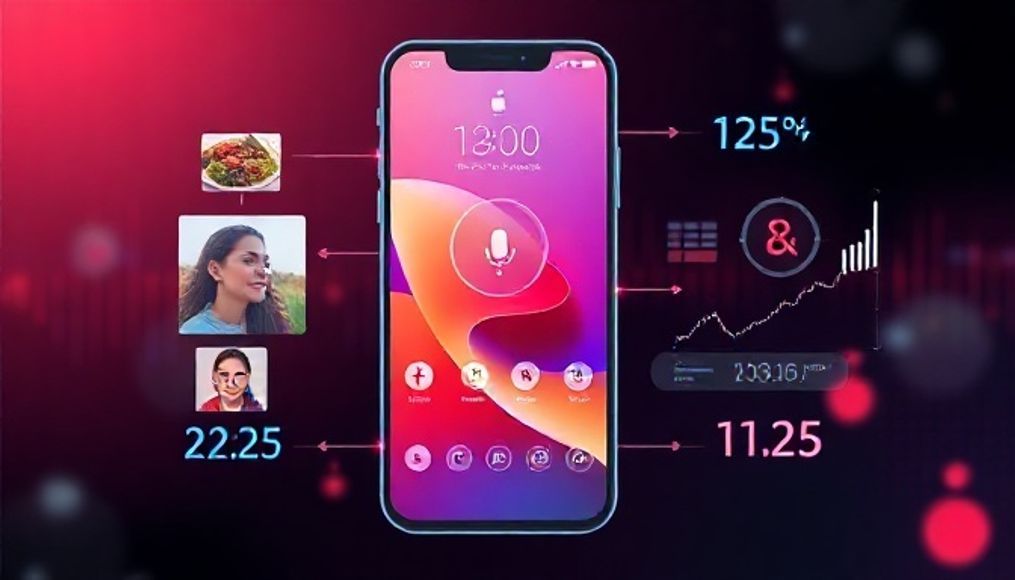Introduction: The Growing World of Smartphones
The smartphone market is experiencing tremendous growth, with new models and innovative features constantly emerging. This vast variety can make the selection process confusing for the average consumer. This article aims to simplify this process by providing clear and detailed guidance on how to choose a smartphone that meets your needs and budget.
Chapter 1: Identifying Your Basic Needs
Before you start looking for a new phone, it is essential to identify your basic needs. Ask yourself:
- What is the main purpose of using the phone? (Calls, browsing the internet, photography, gaming, work)
- What features can you not do without? (High-resolution camera, long-lasting battery, large screen, water resistance)
- What operating system do you prefer? (Android or iOS)
Example: If you are an amateur photographer, you will need a phone with an excellent camera with multiple lenses and advanced features such as night mode and optical zoom. However, if you mainly use the phone for calls and browsing the internet, you may not need advanced features and can focus on affordable phones.
Chapter 2: Determining the Appropriate Budget
Smartphone prices vary greatly, from a few hundred dollars to over a thousand dollars. It is important to set a realistic budget before you start searching. Remember that the most expensive phone is not necessarily the best, and you can find excellent phones at reasonable prices that meet your needs.
Tip: Consider the cost of additional accessories such as a wireless charger and protective case when setting your budget.
Chapter 3: Operating System: Android or iOS?
The operating system is one of the most important factors that determine the user experience. Android, developed by Google, is characterized by flexibility and customization, and is available on a wide range of phones from various companies. iOS, developed by Apple, is characterized by ease of use, security, and seamless integration with other Apple devices.
Comparison between Android and iOS:
| Feature | Android | iOS |
|---|---|---|
| Customization | High | Limited |
| Applications | Widely available | Available in high quality |
| Security | Lower | Higher |
| Integration with other devices | Depends on the manufacturer | Seamless with Apple devices |
| Price | Diverse | Relatively more expensive |
Chapter 4: Technical Specifications: What to Look For?
The technical specifications of the phone are critical in determining its performance and capabilities. Here are some basic specifications to pay attention to:
- Processor: The processor is the brain of the phone and greatly affects its speed and performance. Look for powerful processors like Snapdragon from Qualcomm or A-series from Apple.
- Random Access Memory (RAM): RAM determines the phone's ability to run multiple applications at the same time. It is preferable to choose a phone with RAM of at least 4 GB, and preferably 6 or 8 GB if you use the phone extensively.
- Storage Capacity: Storage capacity determines the amount of data you can store on the phone, such as photos, videos, and applications. It is preferable to choose a phone with a storage capacity of at least 64 GB, and preferably 128 or 256 GB if you take a lot of photos and videos.
- Camera: The camera is one of the most important features for many users. Look for phones with multi-lens cameras (wide, ultra-wide, zoom) and advanced features such as night mode and optical image stabilization.
- Display: The screen greatly affects the viewing experience. Look for high-resolution screens (Full HD or higher) with OLED or AMOLED technology for vibrant colors and high contrast.
- Battery: The battery determines how long you can use the phone before needing to recharge. Look for phones with large batteries (4000 mAh or more) that support fast charging and wireless charging.
Chapter 5: Camera: More Than Just Megapixels
When choosing a phone with a good camera, don't just focus on the number of megapixels. Other factors such as sensor size, aperture, and image processing play an important role in determining image quality. Look for phones with multi-lens cameras, where each lens provides a different viewing angle and allows you to capture diverse images.
Tip: Look for reviews and ratings of the phones you are interested in, and check out examples of photos taken with them to evaluate the camera quality yourself.
Chapter 6: Battery Life: How to Choose a Long-Lasting Phone?
Battery life is one of the most important factors affecting the user experience. Look for phones with large batteries (4000 mAh or more) that support fast charging and wireless charging. You can also improve battery life by reducing screen brightness and disabling applications that run in the background.
Tip: Read user reviews to evaluate the actual battery life of the phone you are interested in, as the results may differ from the specifications advertised by the manufacturer.
Chapter 7: Brands: What Are the Available Options?
There are many brands of smartphones available in the market, and each brand has strengths and weaknesses. Some of the most famous brands include:
- Apple: iPhones are known for their high quality, ease of use, and security.
- Samsung: Samsung offers a wide range of smartphones at different prices, and is known for its excellent screens and powerful cameras.
- Google: Pixel phones offer a pure Android experience, excellent cameras, and fast software updates.
- Xiaomi: Xiaomi offers affordable smartphones with powerful specifications and attractive designs.
- OnePlus: OnePlus offers fast and smooth smartphones with a near-stock Android experience.
Chapter 8: Where to Buy Your New Phone?
You can buy your new phone from many places, including:
- Retail Stores: Retail stores offer the opportunity to try the phone before buying it, but prices may be higher than online.
- Online Stores: Online stores offer competitive prices and diverse payment options, but you cannot try the phone before buying it.
- Telecommunications Companies: Telecommunications companies offer deals and installment plans on smartphones, but you may be bound by a long-term contract.
Tip: Compare prices between different stores before buying, and look for deals and discounts.
Chapter 9: Additional Tips for Maintaining Your Phone
After buying your new phone, it is important to maintain it to protect it from damage and extend its lifespan. Here are some tips:
- Use a protective case to protect the phone from scratches and shocks.
- Use a screen protector to protect the screen from scratches.
- Avoid exposing the phone to extreme temperatures or humidity.
- Update the operating system and applications regularly to get the latest features and security fixes.
- Back up your data regularly to protect it from loss.
Conclusion: Choosing the Right Phone is a Personal Decision
Choosing the right smartphone depends on your needs, budget, and personal preferences. By following the guidelines and tips in this article, you can make an informed decision and buy the phone that best meets your needs.




